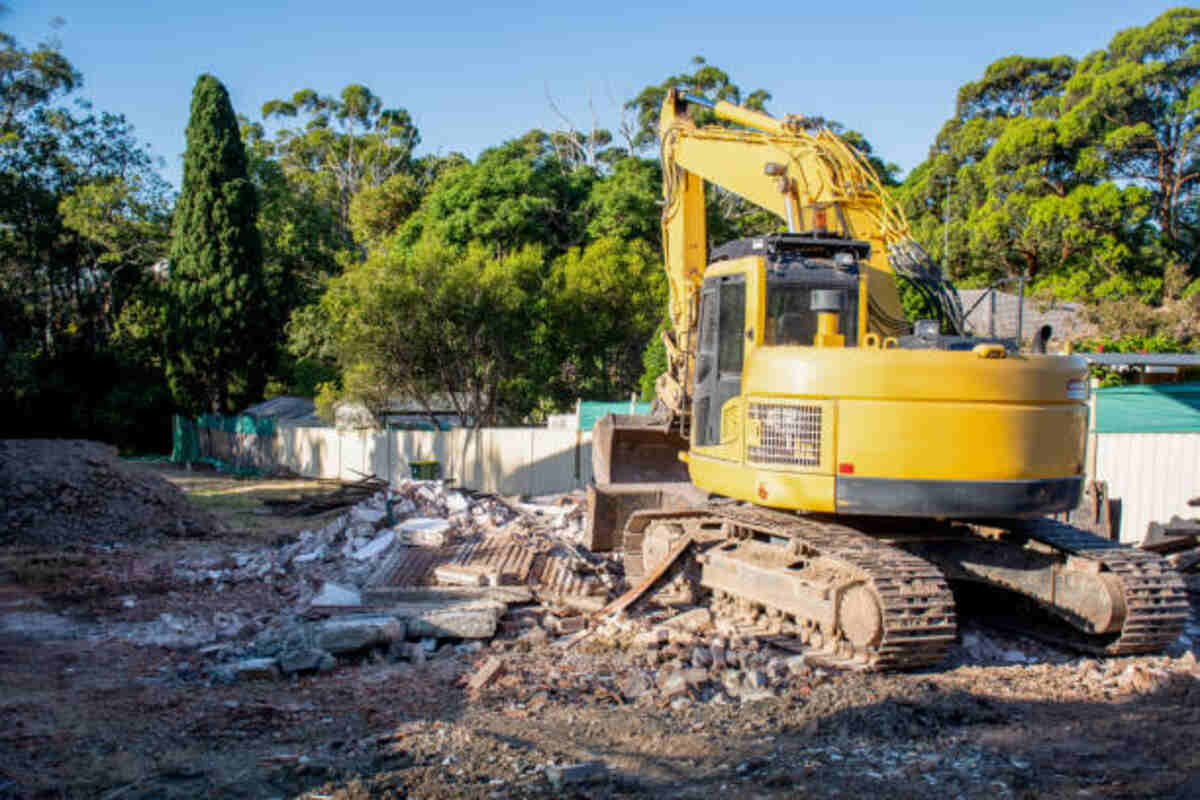How Much Does Bathroom Demolition Cost?
Demolition costs depend on the complexity and number of fixtures to be removed, such as toilets, tubs, shower enclosures, vanity tops, sinks, and flooring. Larger bathrooms tend to be more costly to dismantle.
Bathrooms often contain heavy plumbing obstacles and tiles that require time-consuming removal processes, while any unforeseen issues like water damage in the framing could make this task more complicated than expected.
Labor
Bathroom demolition can be a complex process requiring disconnecting plumbing and electric services, pulling out fixtures, stripping away flooring and walls, using specific tools, and adhering to safety guidelines. Contractors usually charge hourly rates depending on square footage and the number of bathrooms to be demolished.
On average, it typically costs $550-$1,500 to remove a bathroom from a building, with costs dependent upon its age and level of renovation. Costs will also depend on whether it involves complete gutting or partial demolition and whether materials like toilets, bathtubs, sinks, tile showers, or piping need to be recycled or sold off to scrap yards for reimbursement of labor expenses.
Demolition projects can be hazardous. Hiring professional services will help to minimize injuries, costly mistakes, and any possible structural damage to your home. For a more accessible experience, it may also be worthwhile clearing out storage areas before commencing any demolition efforts. This will prevent valuable items from being misplaced or damaged during demolition work. In addition, a residential dumpster rental could allow you to dispose of old toilets, vanities, and fixtures quickly without leaving them sitting around for long.
Equipment
Bathrooms can be dirty places that require special equipment like respirators, masks, and gloves for safety reasons. Work boots will help to protect your feet while working to avoid slips and falls while working in your bathroom. Furthermore, demolition hammers, power saws, pry bars, and crowbars may be needed in order to disassemble wall tiles, cabinets, and fixtures safely – please switch off all electrical and water supplies prior to starting any demo work to avoid injuries and property damage to your home.
As part of your demo plan, it is a brilliant idea to purchase a shop vac to quickly pick up debris as you go and reduce waste removal services costs. Furthermore, renting a dumpster costs about $100 monthly, which is significantly cheaper than hiring an independent waste removal service provider.
Consider also the costs associated with tools and materials needed for the project, such as draining a shower or bathtub before it can be removed, which may require hiring an experienced plumbing professional. Other complex removal tasks involve taking down walls, plumbing lines, and load-bearing walls. Finally, prior to beginning demolition activities, you will need to test for lead and asbestos contamination.
Permits
If your remodeling project is significant, acquiring a permit will likely be necessary. This is particularly the case if walls or plumbing lines are being removed or moved; permits ensure all work meets appropriate standards and regulations, helping protect both you and your home’s integrity. Although obtaining one may seem cumbersome or burdensome, obtaining permits is vital to safeguard your home’s value.
Minor renovations typically don’t require a permit. Examples include painting walls, altering bathroom sink or toilet fixtures, and installing new light fixtures. New windows or doors must also be inspected to ensure they meet safety and structural compliance regulations before installation.
Though your renovation may not require a permit, it will still need to be reported to the city for reporting purposes. Doing this ensures the city can use your renovation as the basis of reevaluation and tax assessment if you fail to report. Failing this could result in you having to tear down or pay an exorbitant fine from them – to avoid this happening, work with a general contractor who knows local regulations, as Sweeten can help guide this process and keep costs under control.
Asbestos Removal
If you are planning to upgrade or renovate your bathroom, part of the demolition project will likely involve asbestos removal – this service typically costs anywhere from $1,200 to $3,000. Considering that it poses serious health risks, it requires professional expertise for safe removal. It also costs more due to special equipment being needed to handle contaminated material properly.
Size and number of fixtures are vital factors that influence demolition costs for bathrooms. Larger suites with complex plumbing require higher demolition costs than smaller secondary bathrooms. Local labor rates and disposal fees also affect pricing.
Dismantling a toilet can be one of the more costly elements in bathroom demolition, as it requires professional expertise to disconnect its water source, unbolt its fixture, and install new wax rings. A vanity may also incur costs along with shower or bathtub replacement.
Disposing of tile is an additional expense, and floor and wall framing must be removed carefully to avoid damage and landfill disposal. When possible, contractors should recycle or sell old tiles, tubs, or toilets to help offset their demolition costs. When wetting pipe insulation before removal, dry asbestos fibers should not become airborne and cause health risks.


